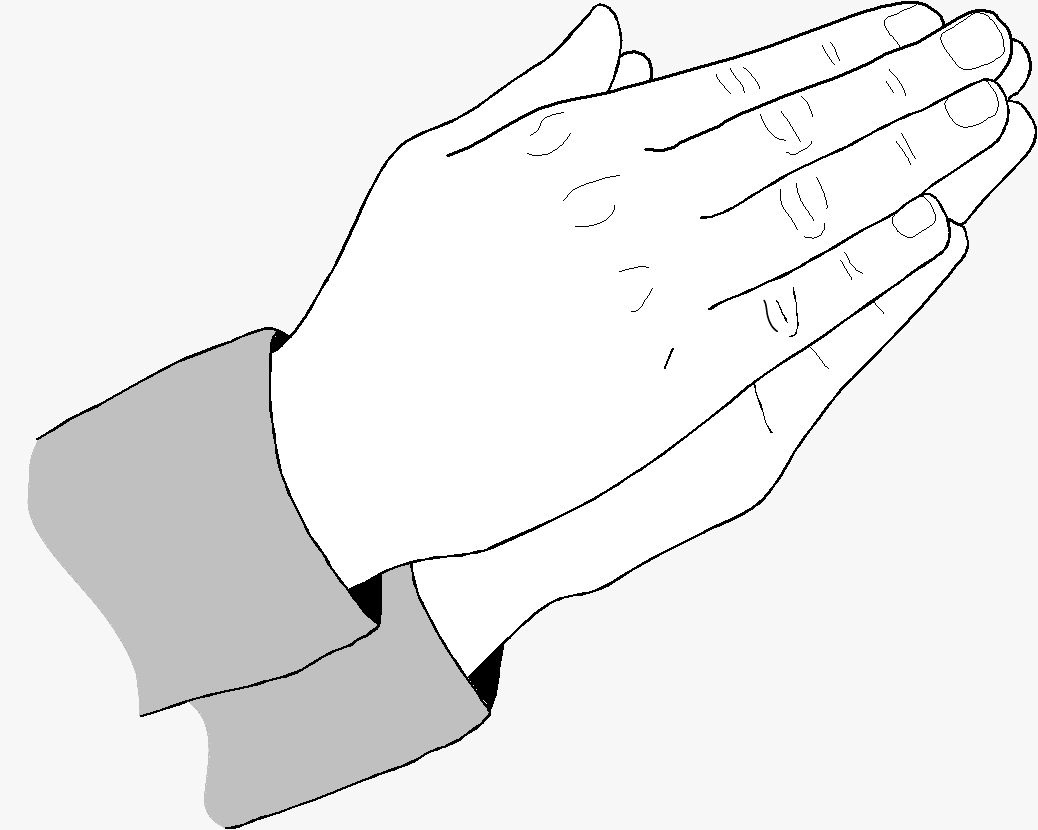Pressure variations
Sound is how we perceive changes in the pressure of the air around us. However, we do not hear all pressure changes. If you look at a weather forecast, you will see descriptions of how atmospheric pressure will rise or fall over the next few hours, and what effect these pressure changes will have on the weather. As a high-pressure or low-pressure front passes, you will not hear it. You do not hear it because you can hear only certain pressure changes. In order for a pressure change to be perceived as sound, it must fall within a certain range of speed and magnitude. The pressure changes that accompany changes in weather do not fall within this range; they are both too slow and too large.
In order to be perceived as sound, a pressure change must occur in less than 1/20th of a second, and it may be up to a thousand times faster. Furthermore, to be perceived as sound, a pressure change must be quite small. The maximum pressure change that is perceived as sound is about 1/1,000th of atmospheric pressure, and this pressure change would produce a painfully loud sound. Pressure changes of a million times smaller produce the quietest sounds, at the threshold of hearing. The pressure changes that occur with weather generally take hours to occur and are too slow to be heard. Weather pressure changes are also usually larger than 1/1,000th of atmospheric pressure, and are too large to be heard.
It is very easy to produce a pressure change of the right speed and size to be perceived as sound. All you need to do is grab a bit of air, quickly squeeze it and let it go. This is what you do when you clap your hands. Try it now. Just slap the palms of your hands together. It should sound something like this.
The air between your palms is squeezed, meaning its pressure is increased. When your palms meet, this higher-pressure air is forced out. The region of higher-pressure air radiates away from your hands and into the surrounding air. Eventually, quite quickly actually, this higher-pressure air reaches your ears and you hear a sound.
–
Now, let’s experiment a bit with making this clapping sound. In this experiment, you should hold your hands flat with your fingers parallel, like praying hands.

First, clap your palms together gently. Then, clap them more forcefully. Finally, clap them together as strongly as you can. Your claps will sound something like these.
The three claps sound different in at least two ways. As you increase the force of your clapping, the sound gets louder. Also, as you increase the force, the pitch of the sound goes up a bit. These effects tell us something about how loudness and pitch are related to the pressure changes.
As you increase the force with which you clap, you increase the pressure of the air between your hands as your palms meet. You increase the magnitude of the pressure change that reaches your ears. This results in a louder sound. The magnitude of the pressure change is related to the loudness of the perceived sound. The larger the pressure change, the louder the sound.
As you increase the force of your clapping, you also move your hands together more quickly. This means that the pressure change is produced in a shorter length of time. The pressure change that reaches your ears has a shorter duration. This produces a sound that has a higher pitch. The speed of the pressure change is related to the pitch of the perceived sound. The faster the pressure change, the higher the pitch of the sound.